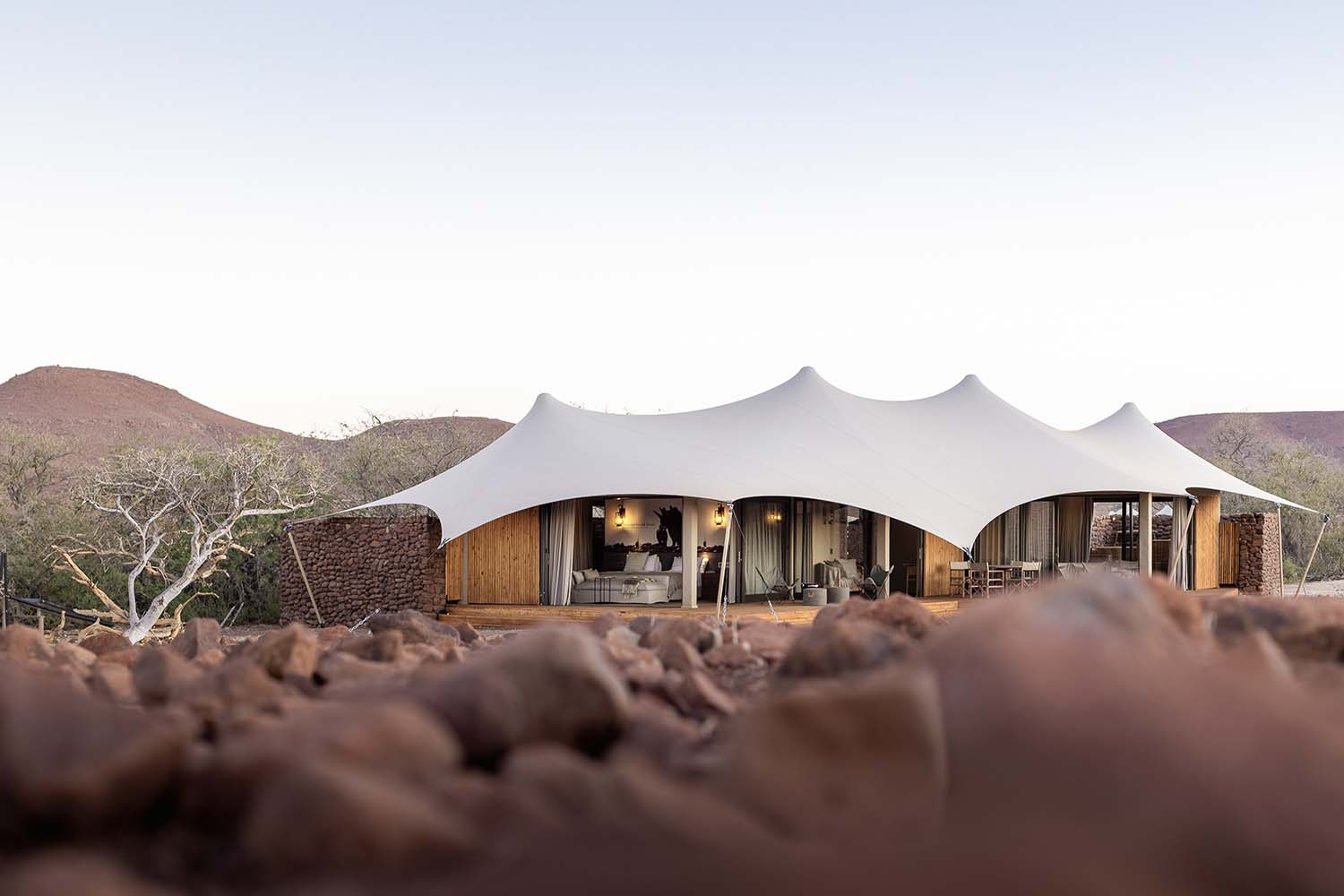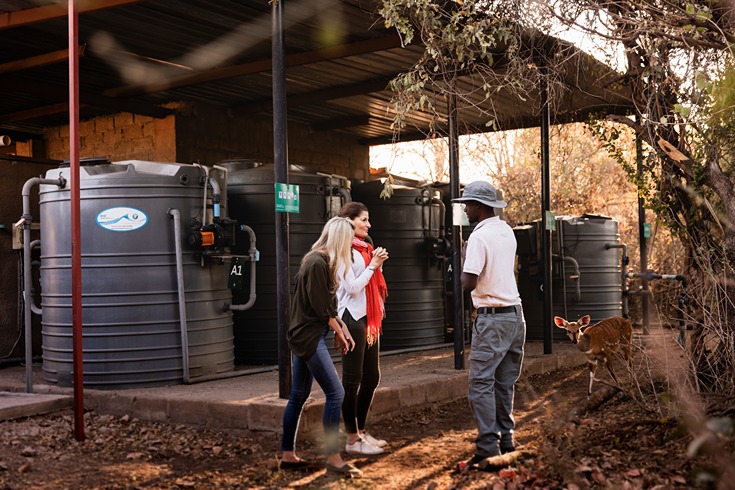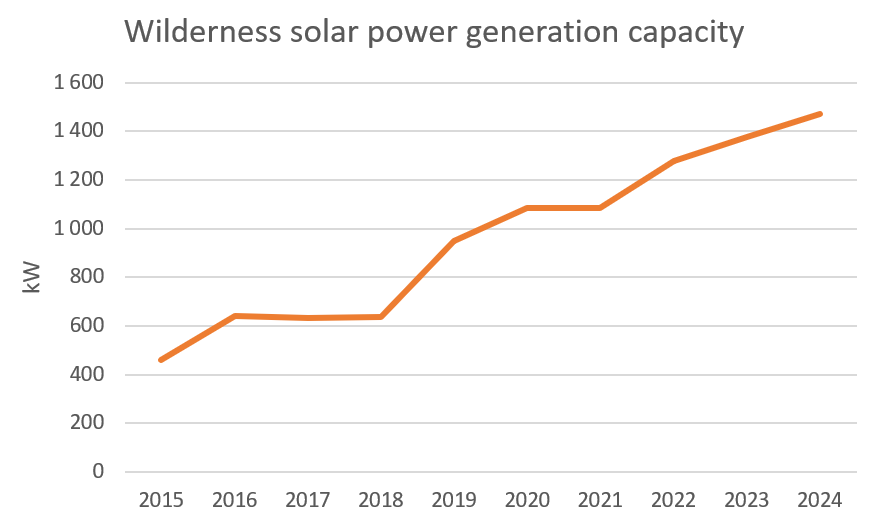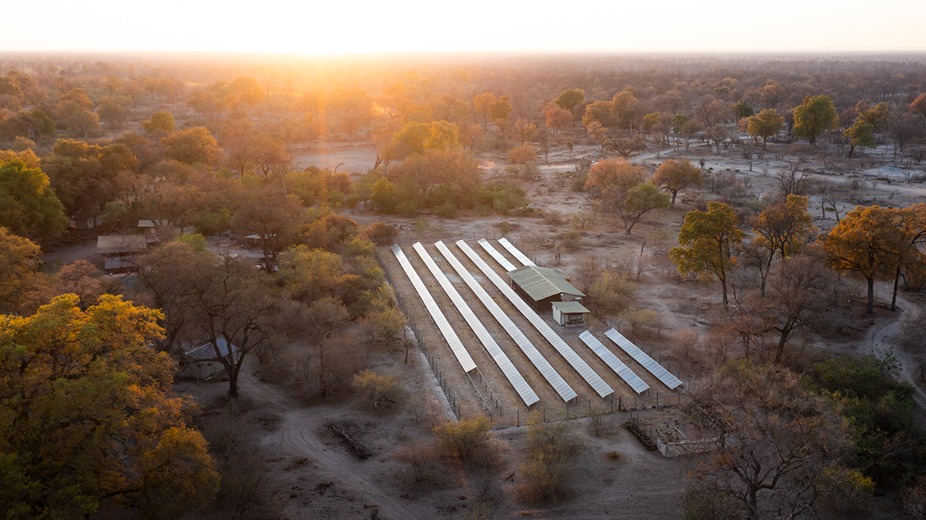A sustainable approach to construction

Choosing a site
Building the camp
Responsible rebuilds
Leave no trace
Before
After
Water Conservation
Smart architecture
Wilderness Chitabe
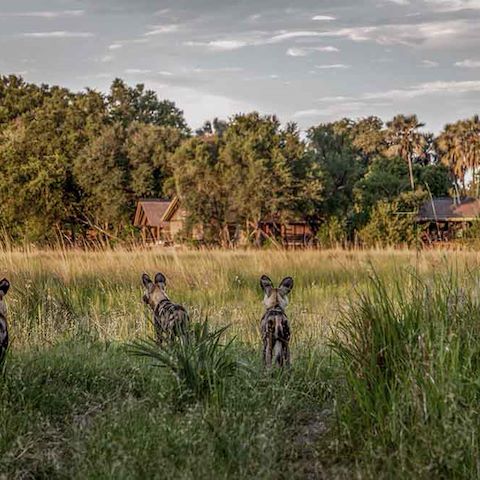
Solar energy
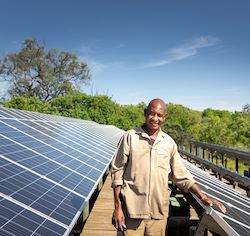
More to discover
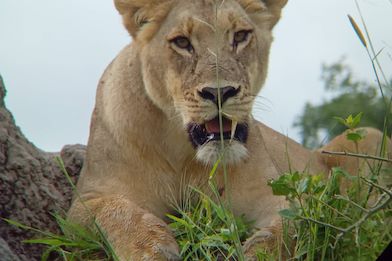
Wilderness Mombo newsletter – February 2025
At Mombo nature speaks for itself, and provides us with pointed reminders of just how untamed this p...
Read moreCamp Manager
14.03.2025

Linyanti Wildlife Reserve camp newsletters – February 2025
The February rains brought relief from the high temperatures and transformed the concession into a g...
Read moreCamp Manager
14.03.2025

Camp Manager
19.02.2025
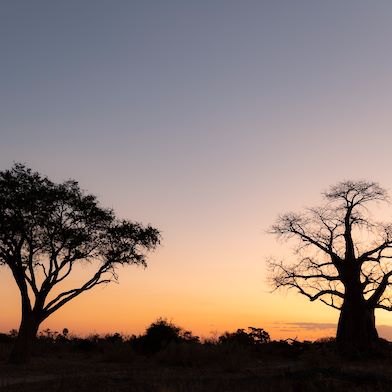
Guardians of the giants: Preserving baobabs in the Okavango Delta
Discover how Wilderness is protecting ancient baobabs in the Okavango Delta, ensuring these iconic t...
Read moreLauren Dold
12.02.2025

Wilderness Mombo newsletter – January 2025
January proved to be a remarkable month filled with memorable events and developments.
Read moreCamp Manager
07.02.2025

Let’s plan your next journey
Ready?
When we say we’re there every step of the way, we mean it, literally. From planning the perfect circuit, to private inter-camp transfers on Wilderness Air, and easing you through Customs. We’re with you on the ground, at your side, 24-7, from start to finish. Ready to take the road less travelled? Contact our Travel Designers to plan an unforgettable journey.
